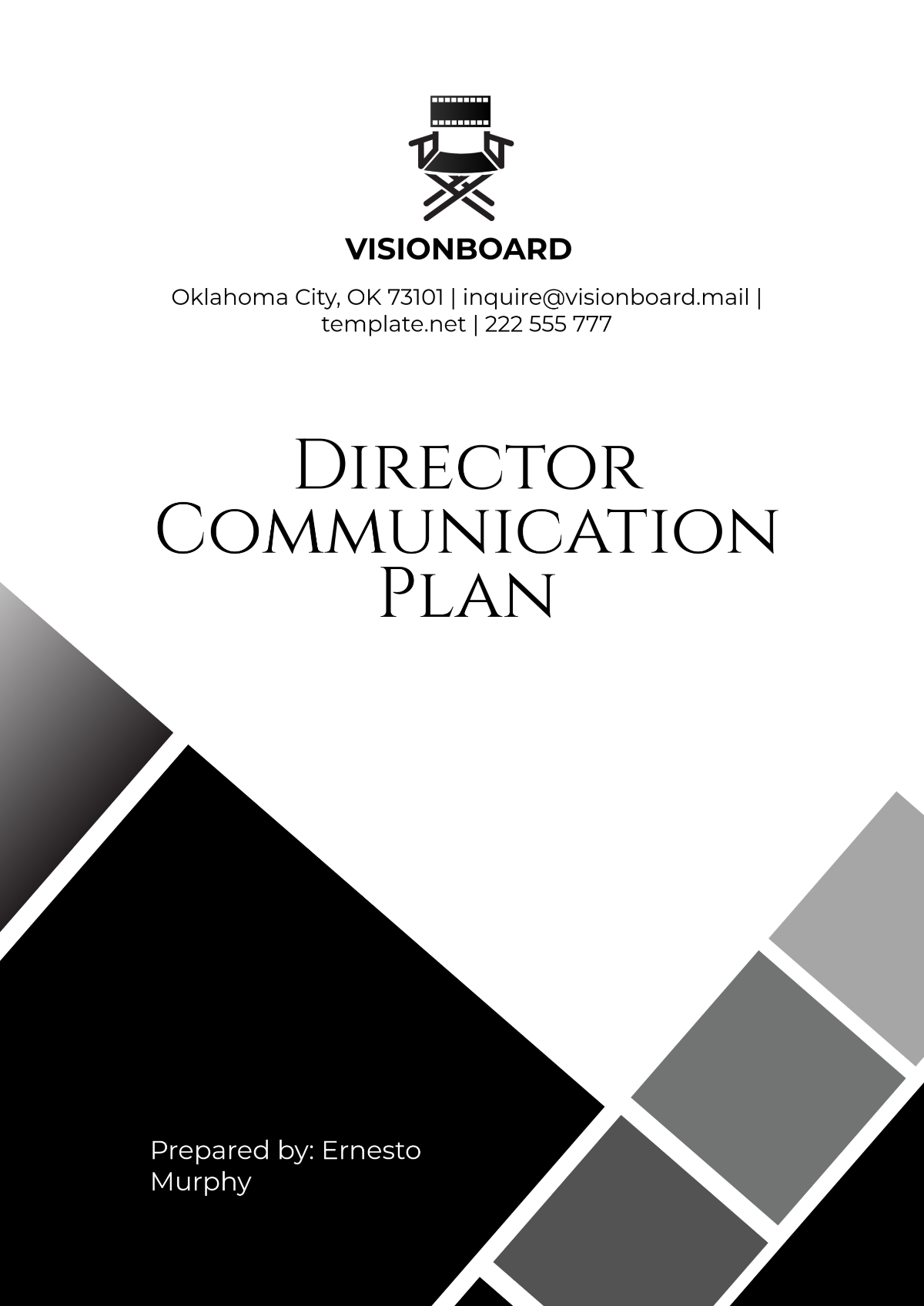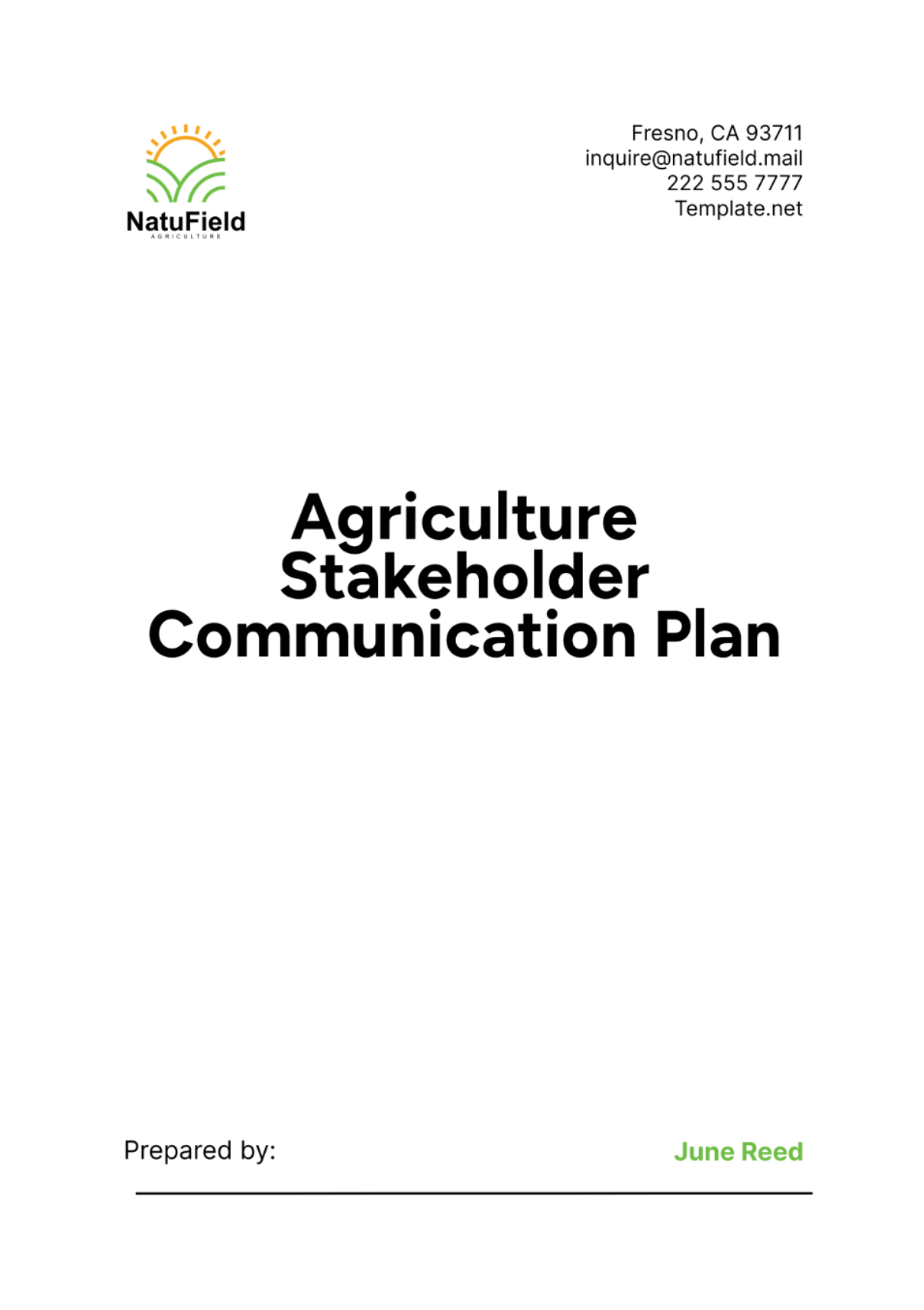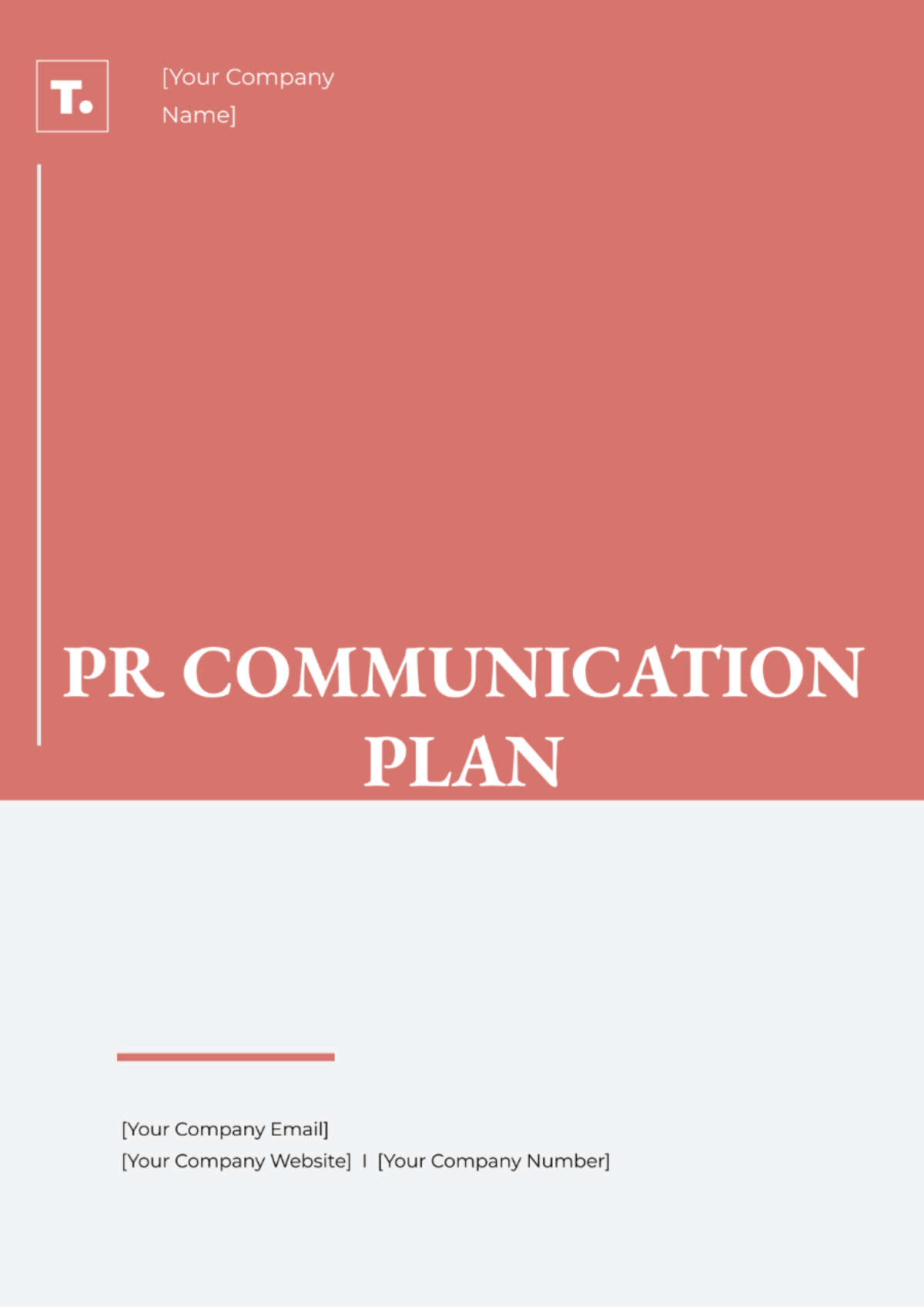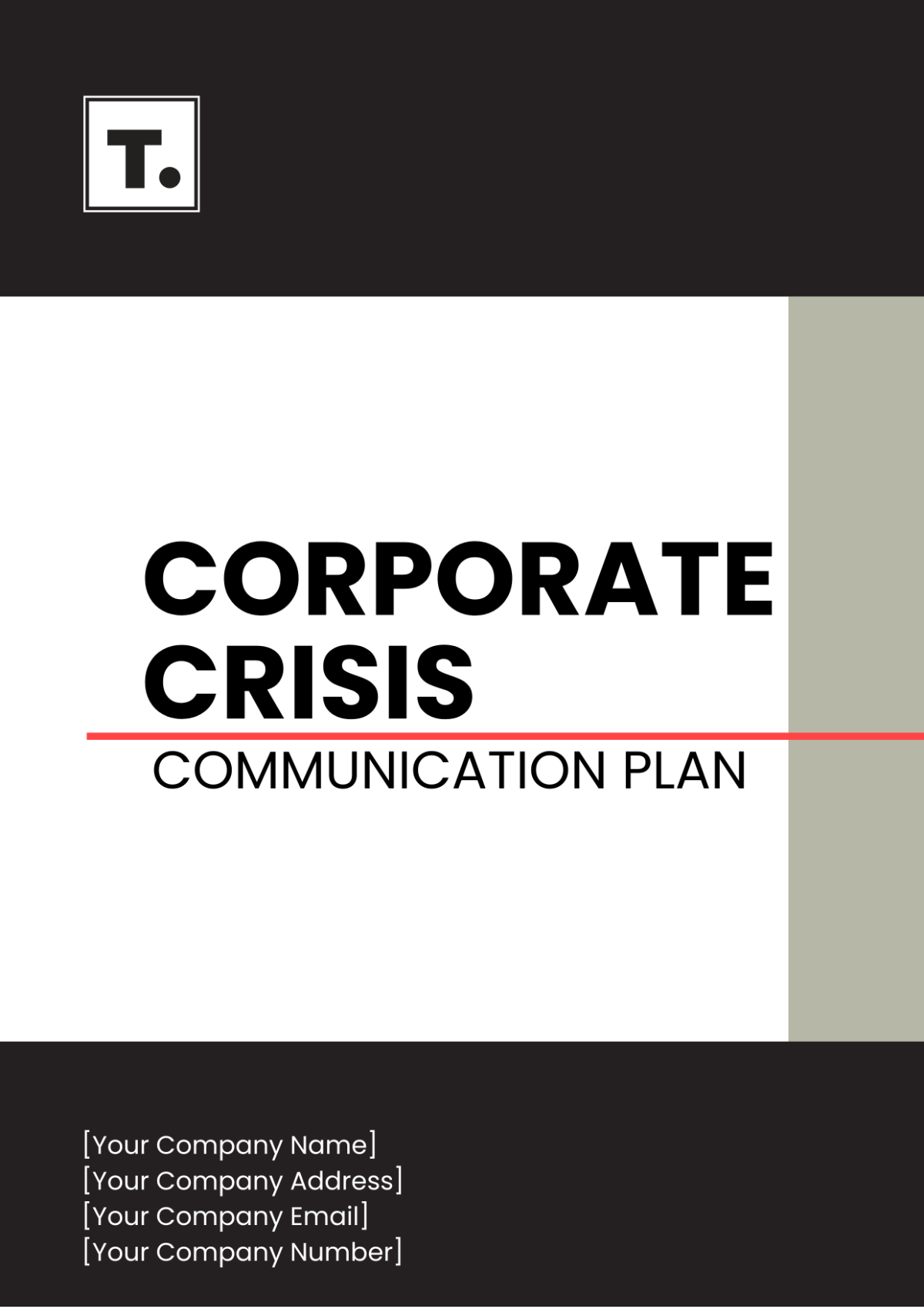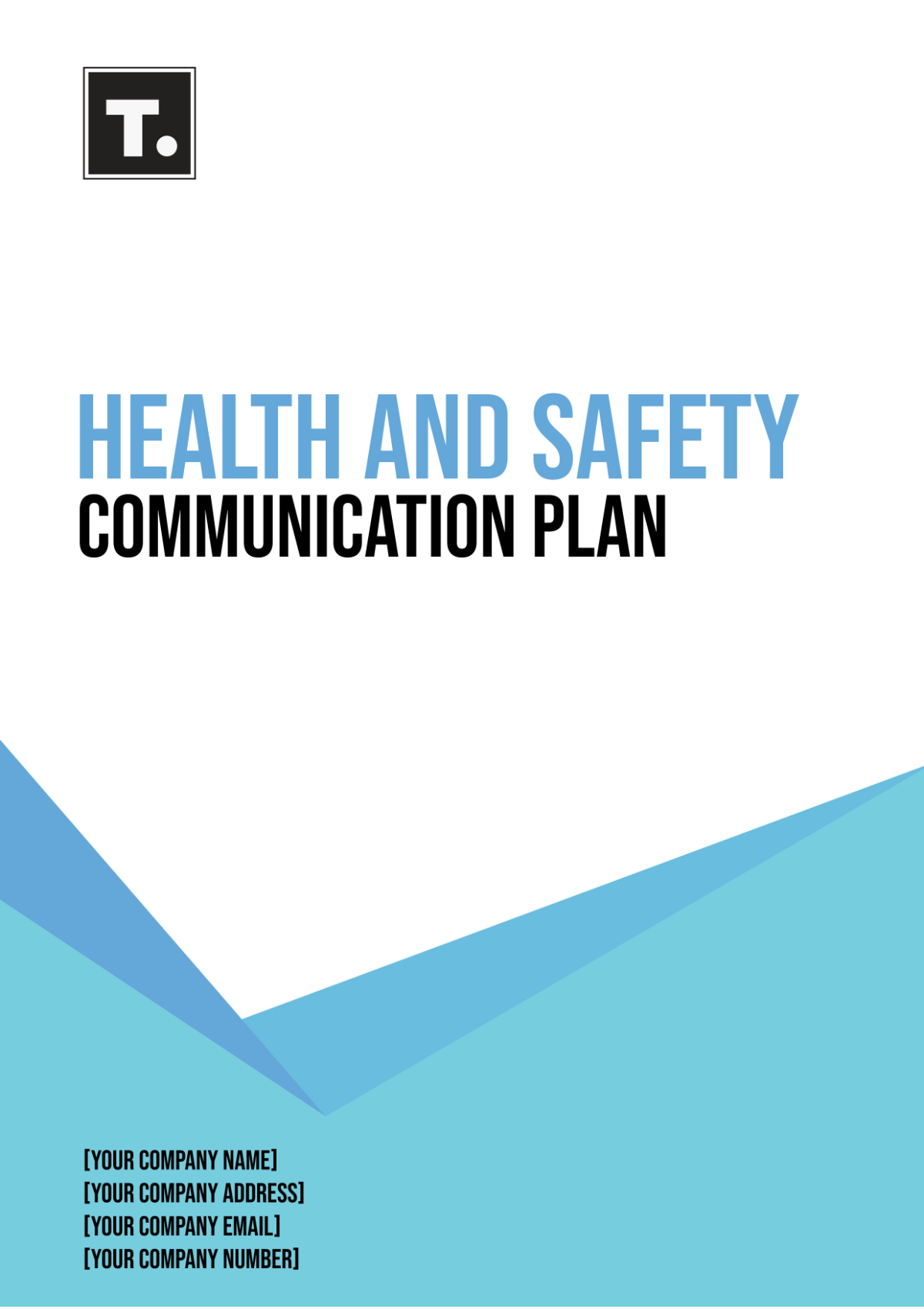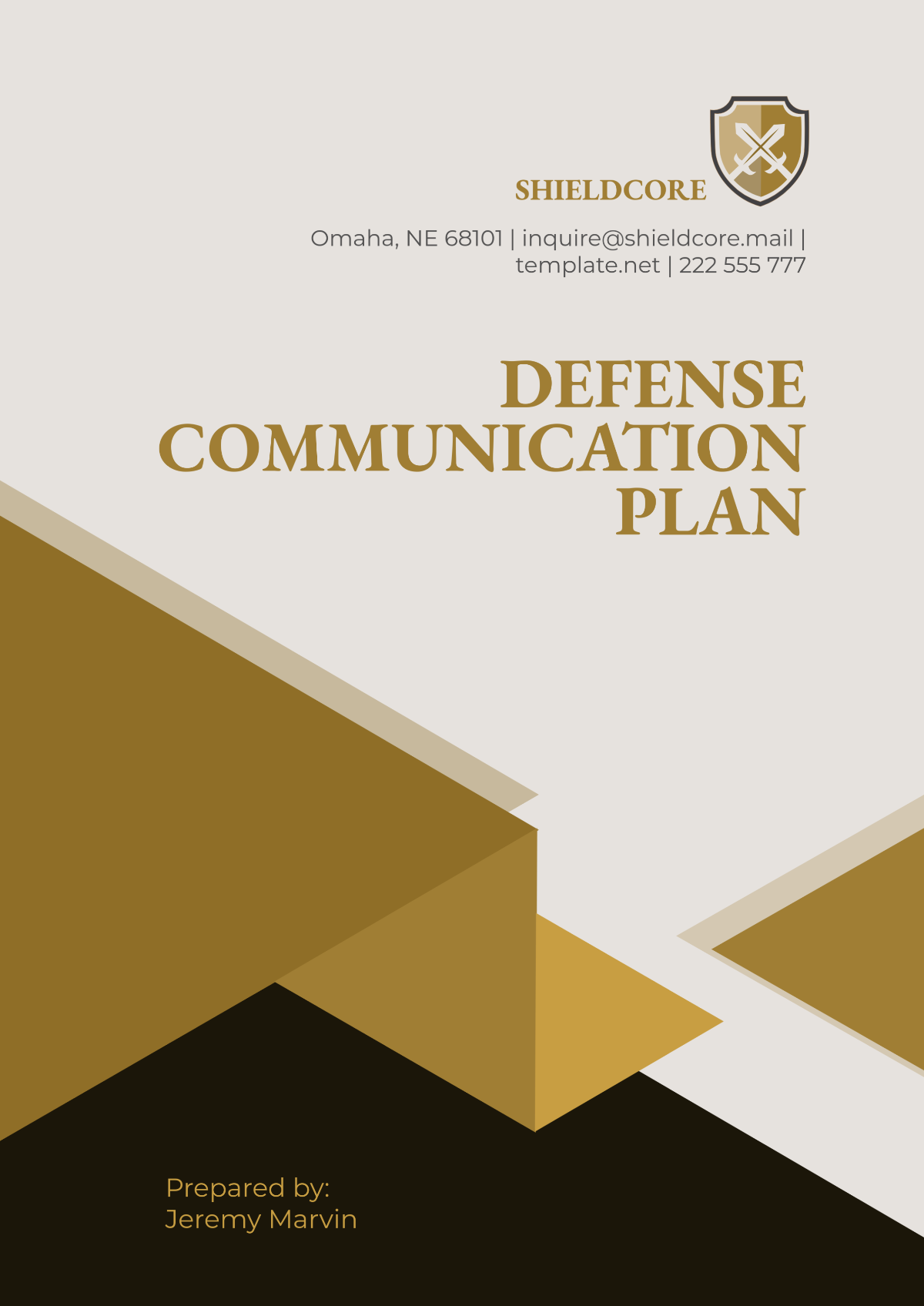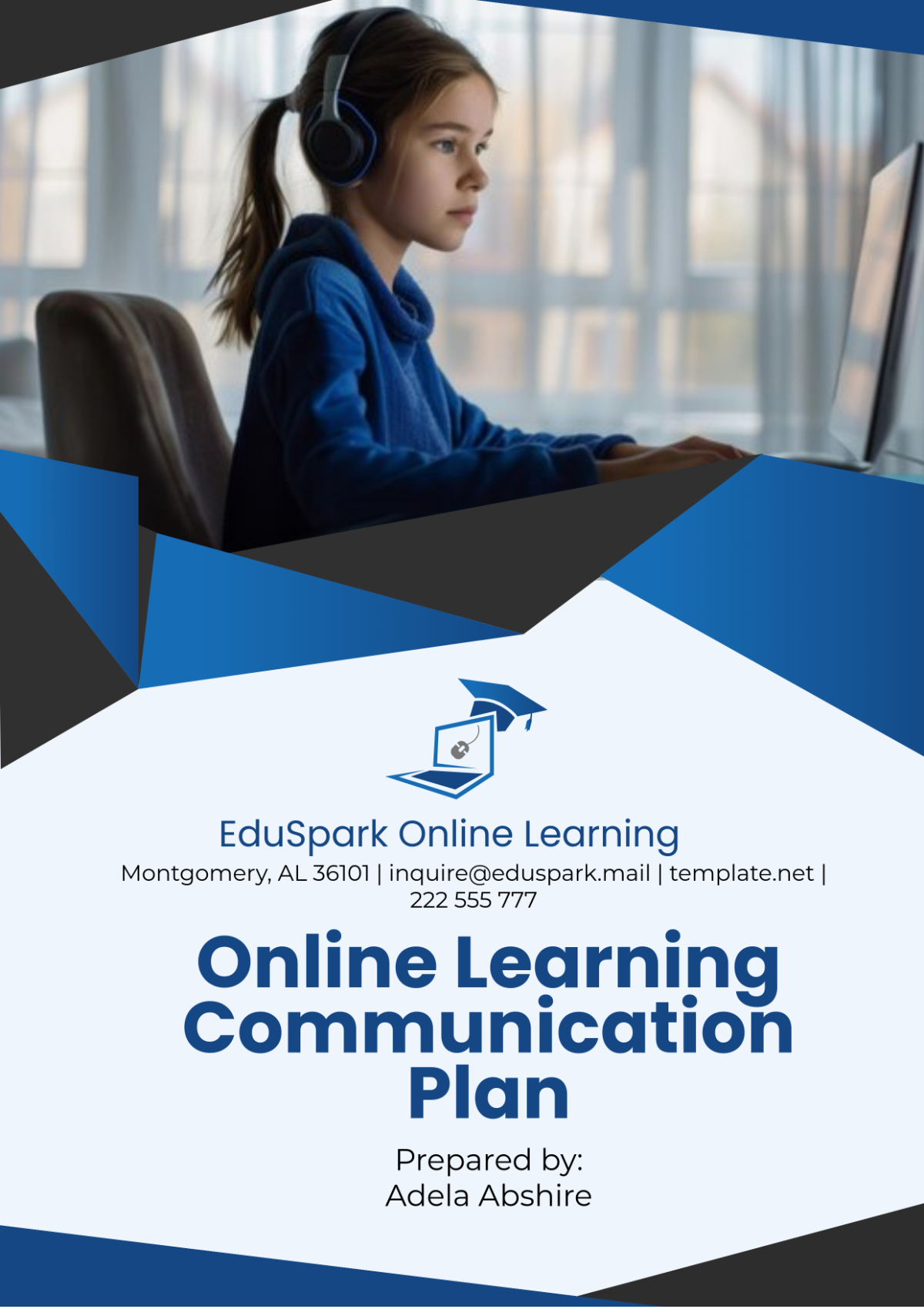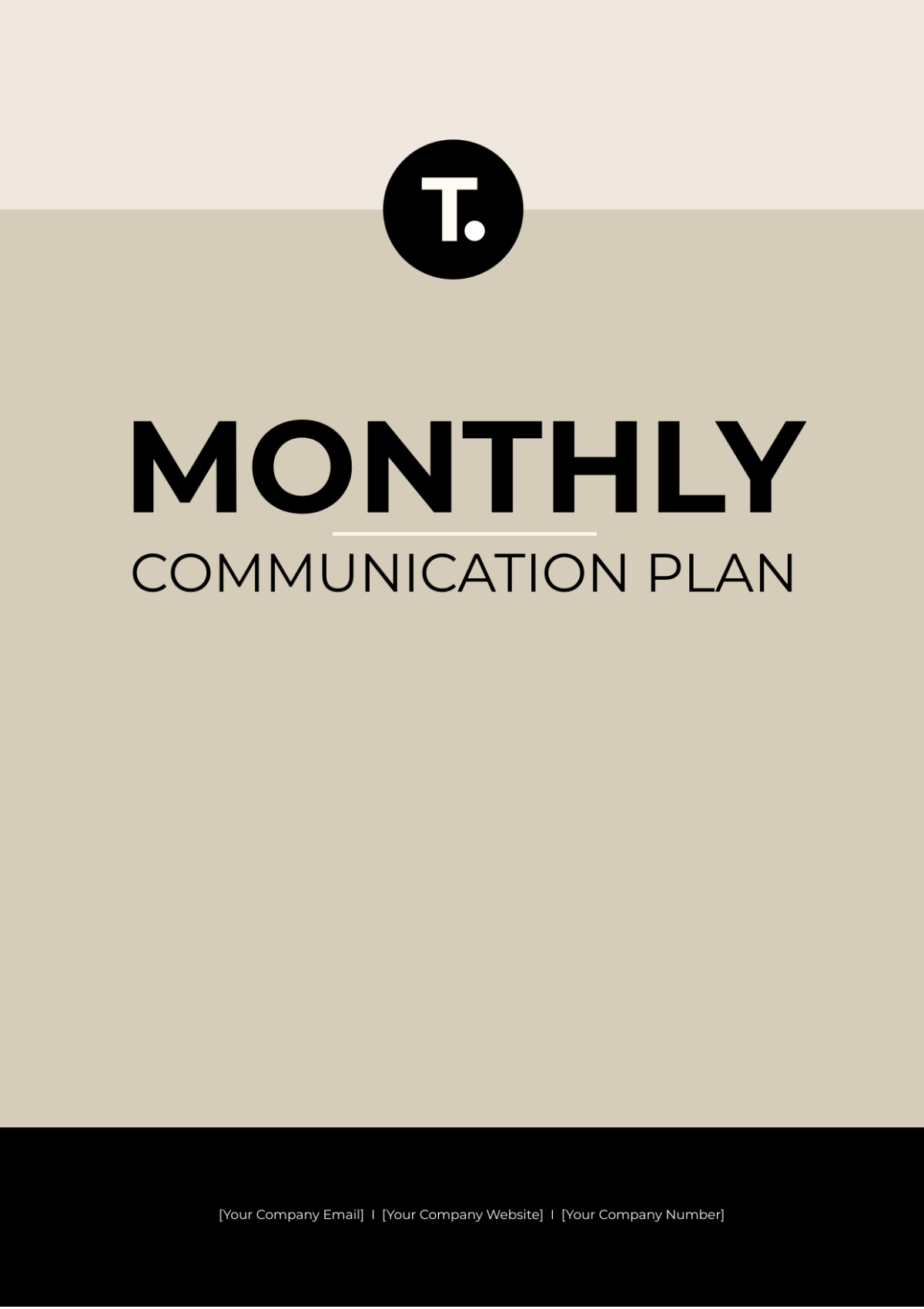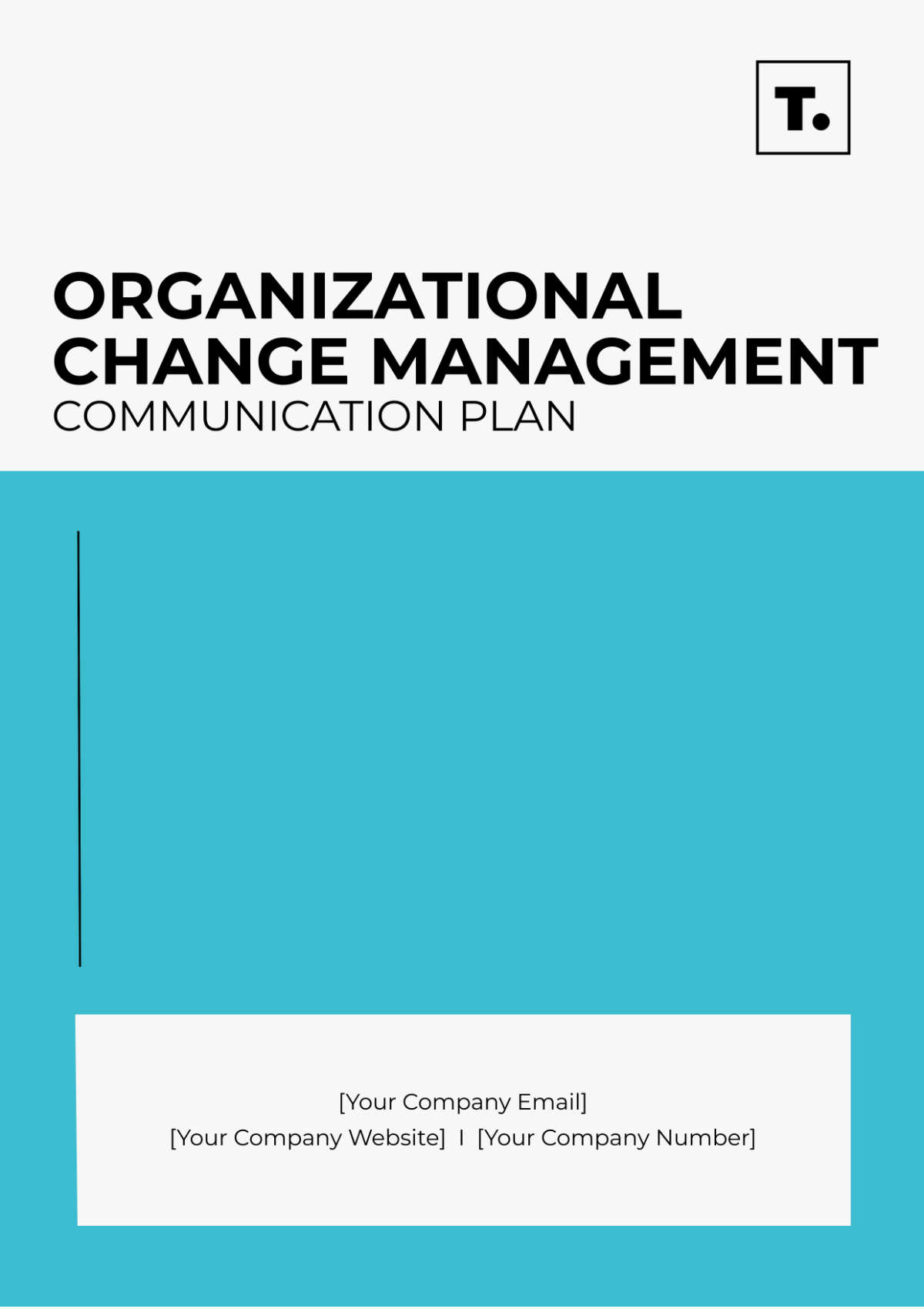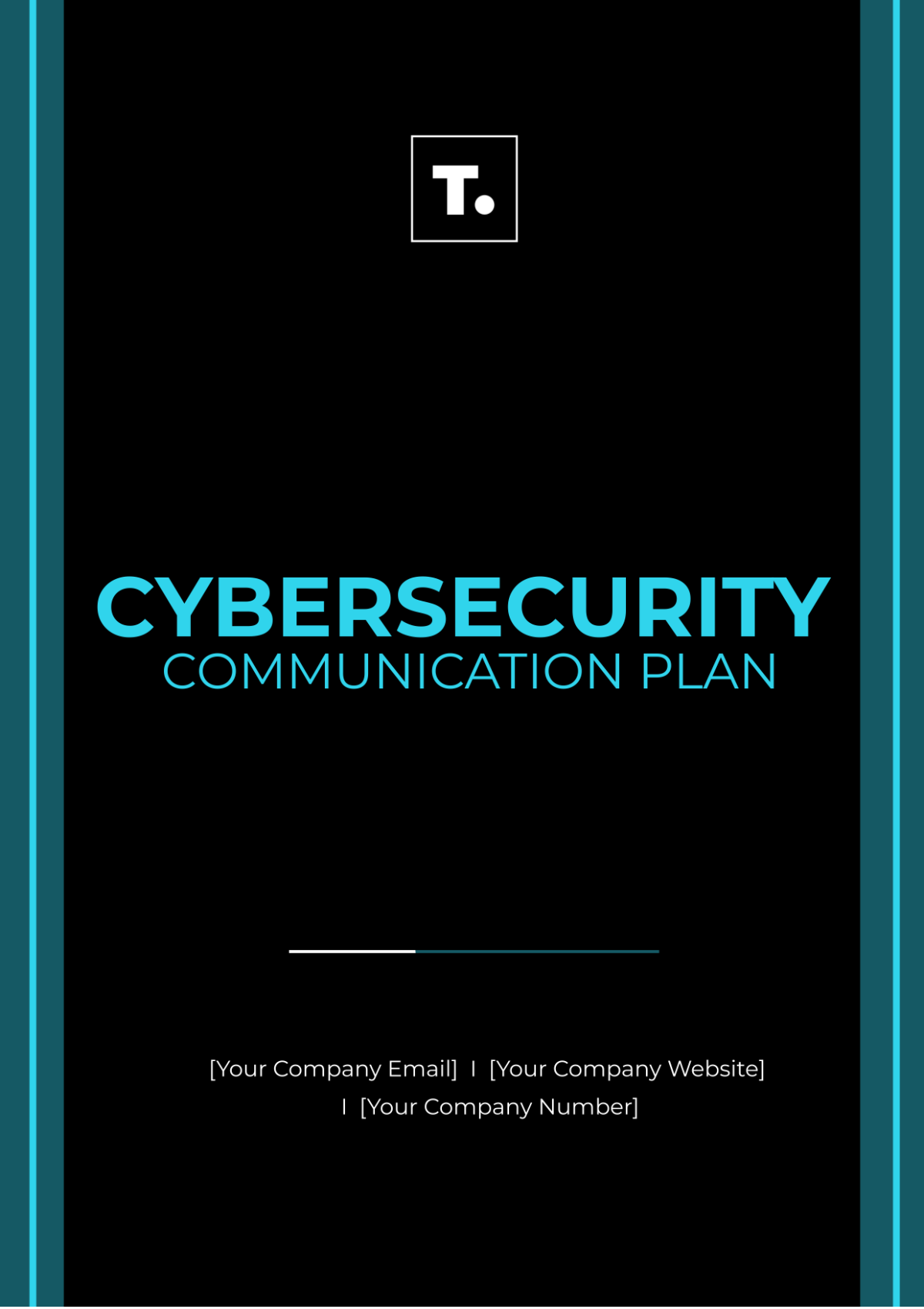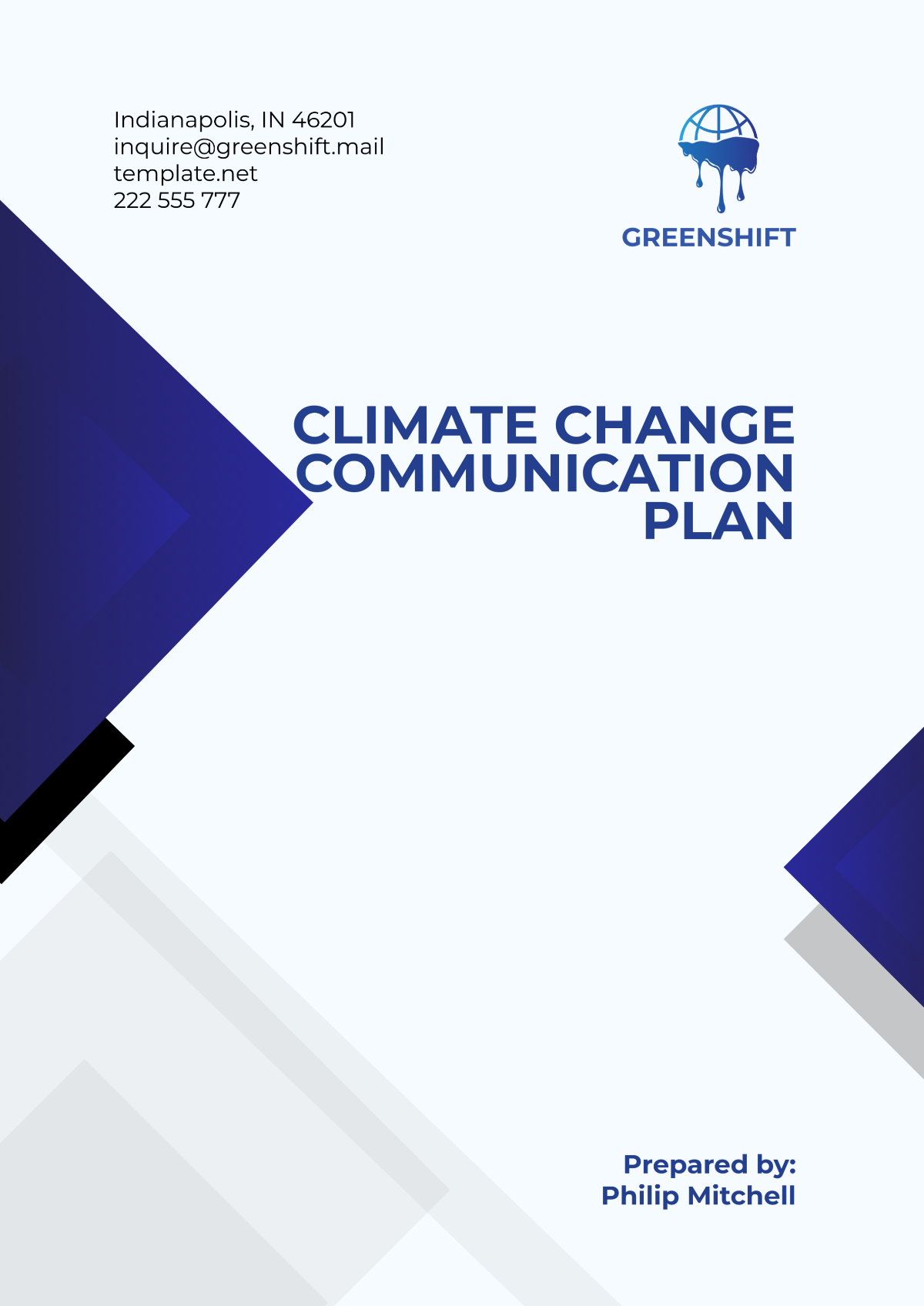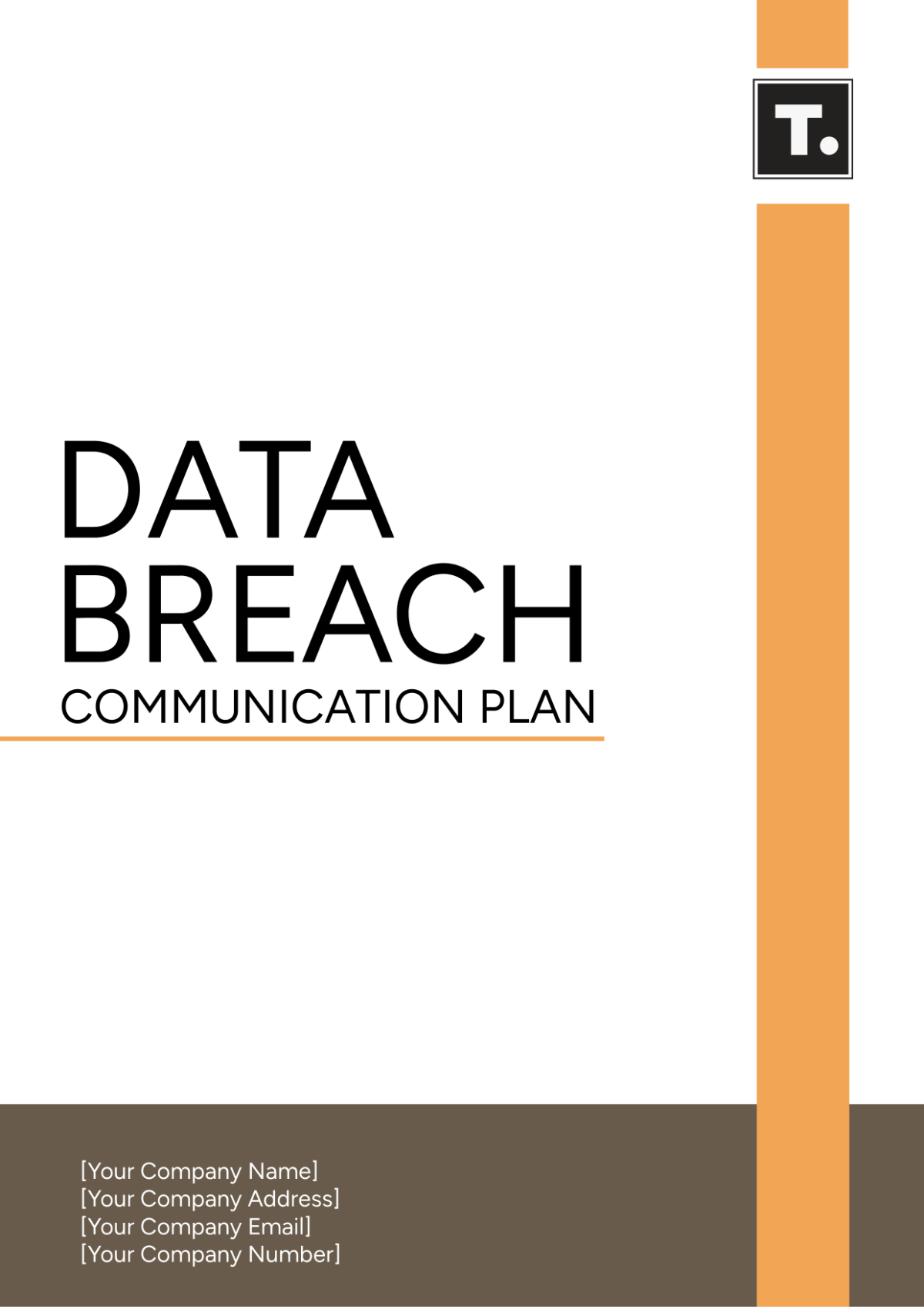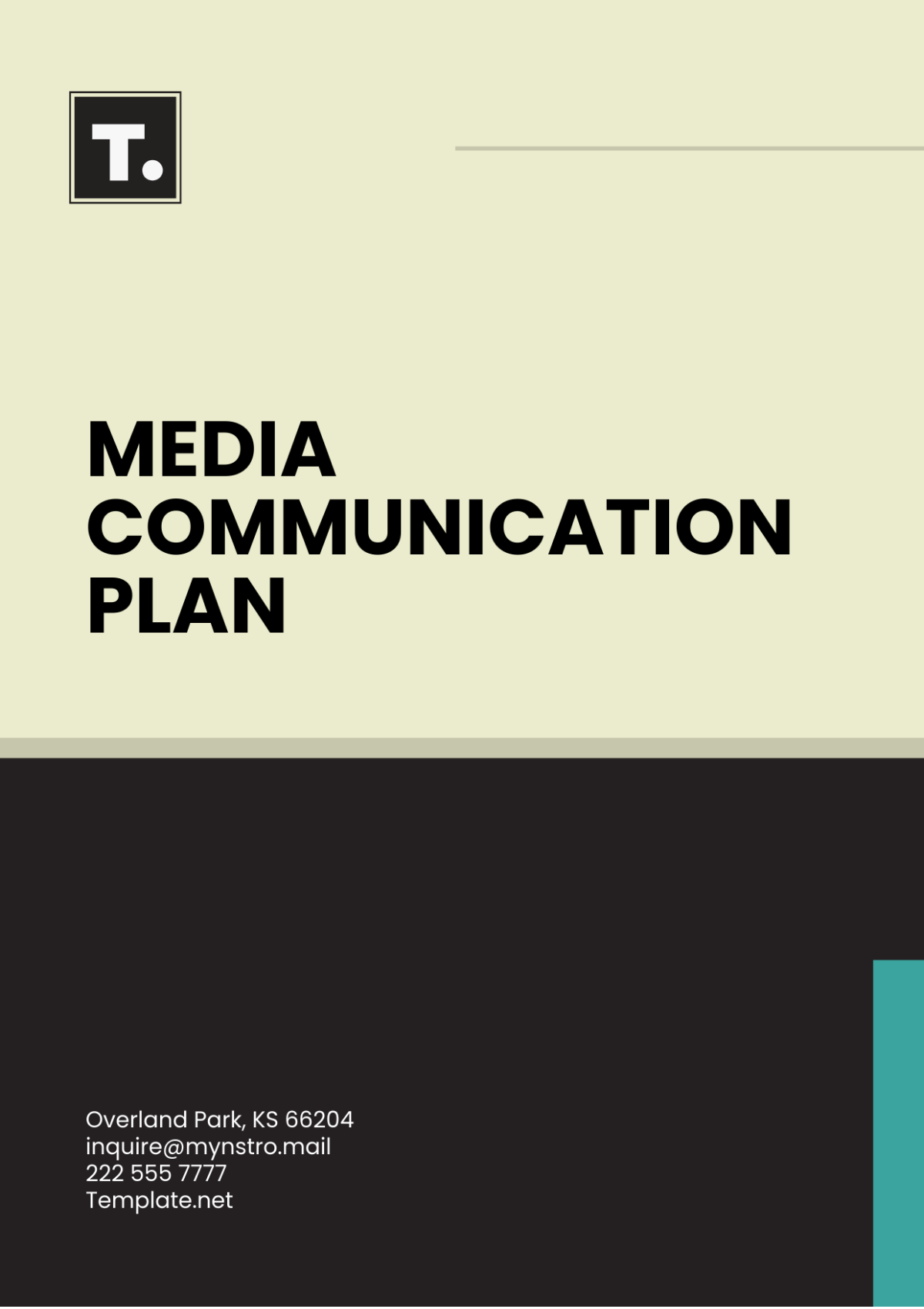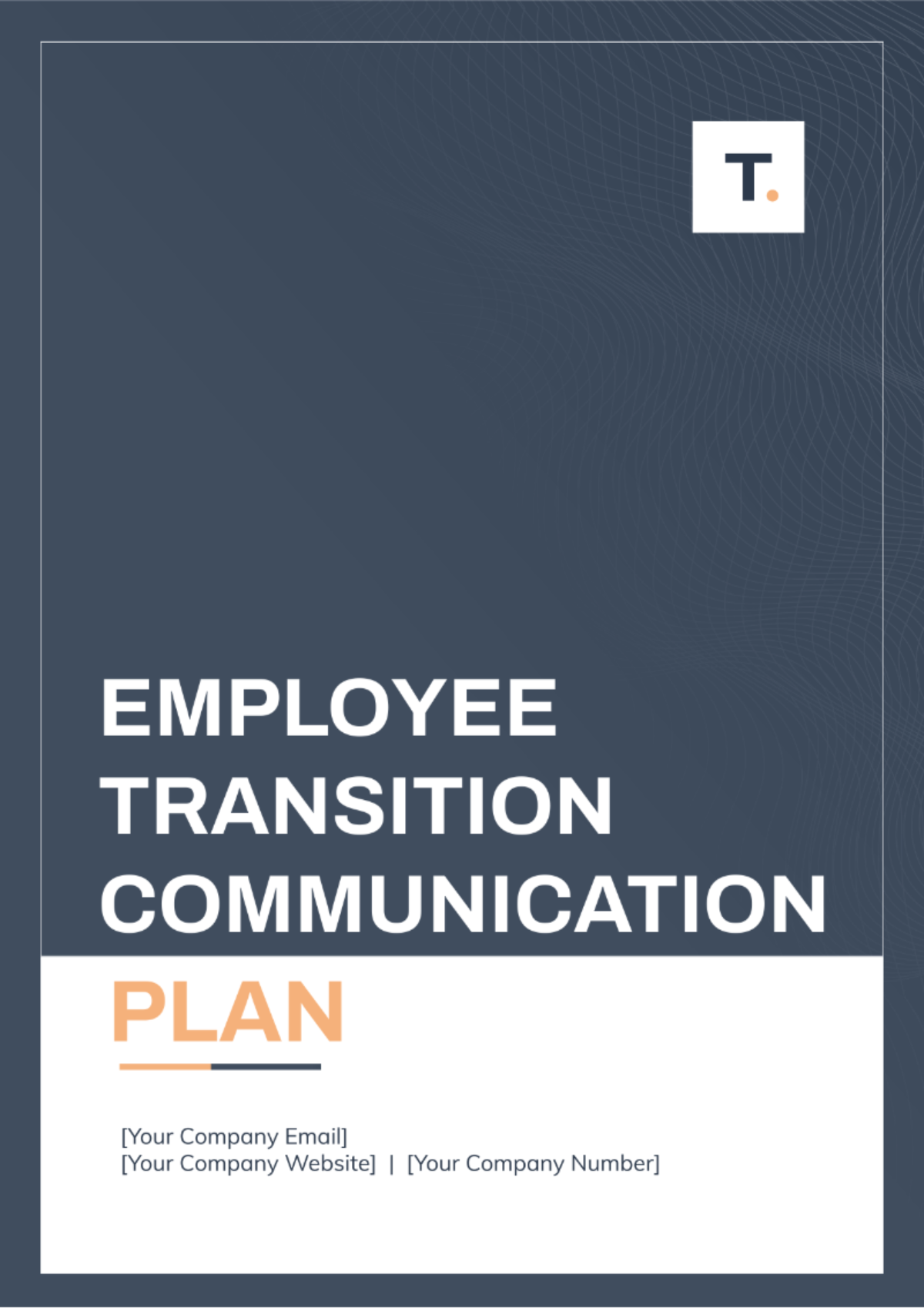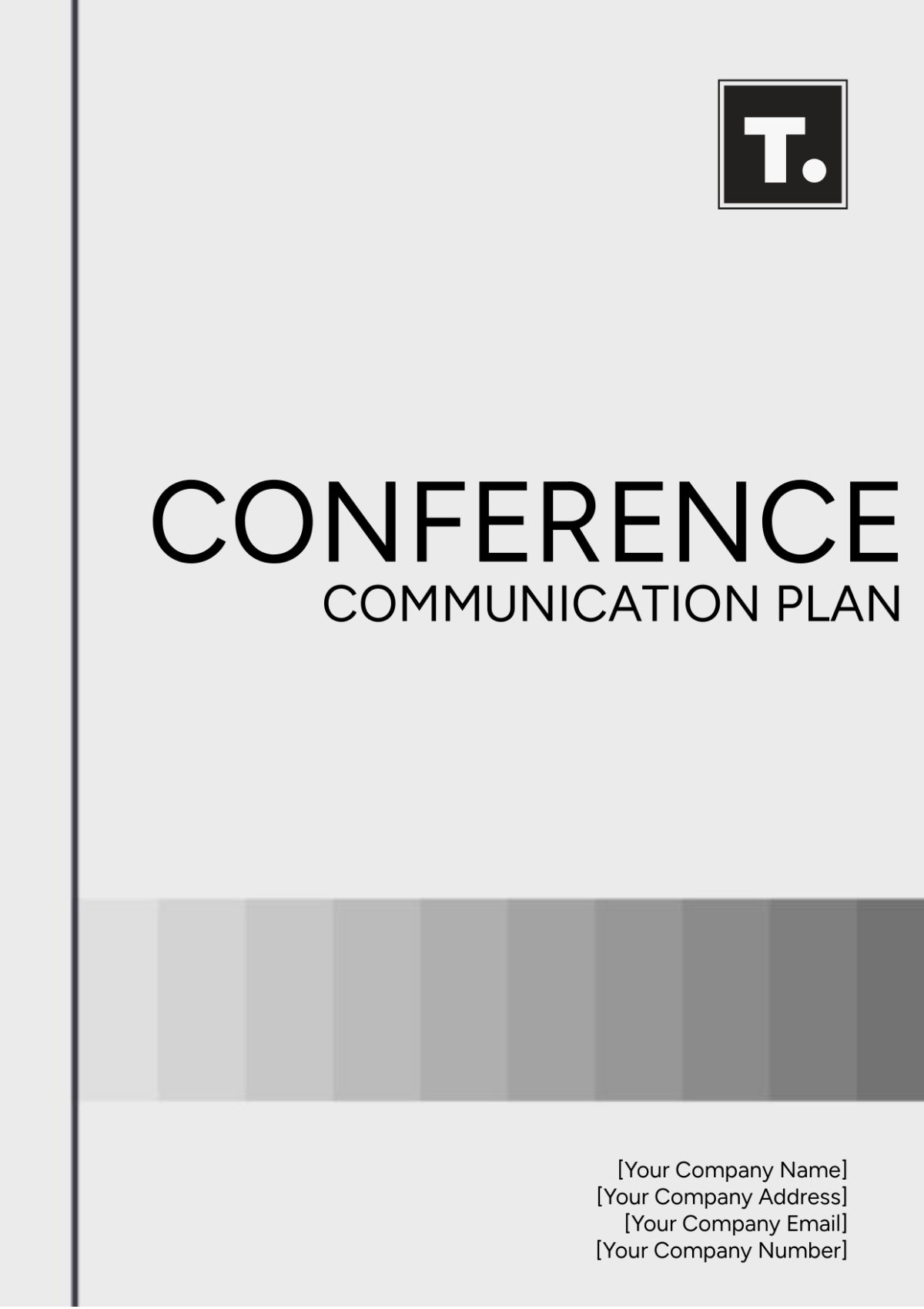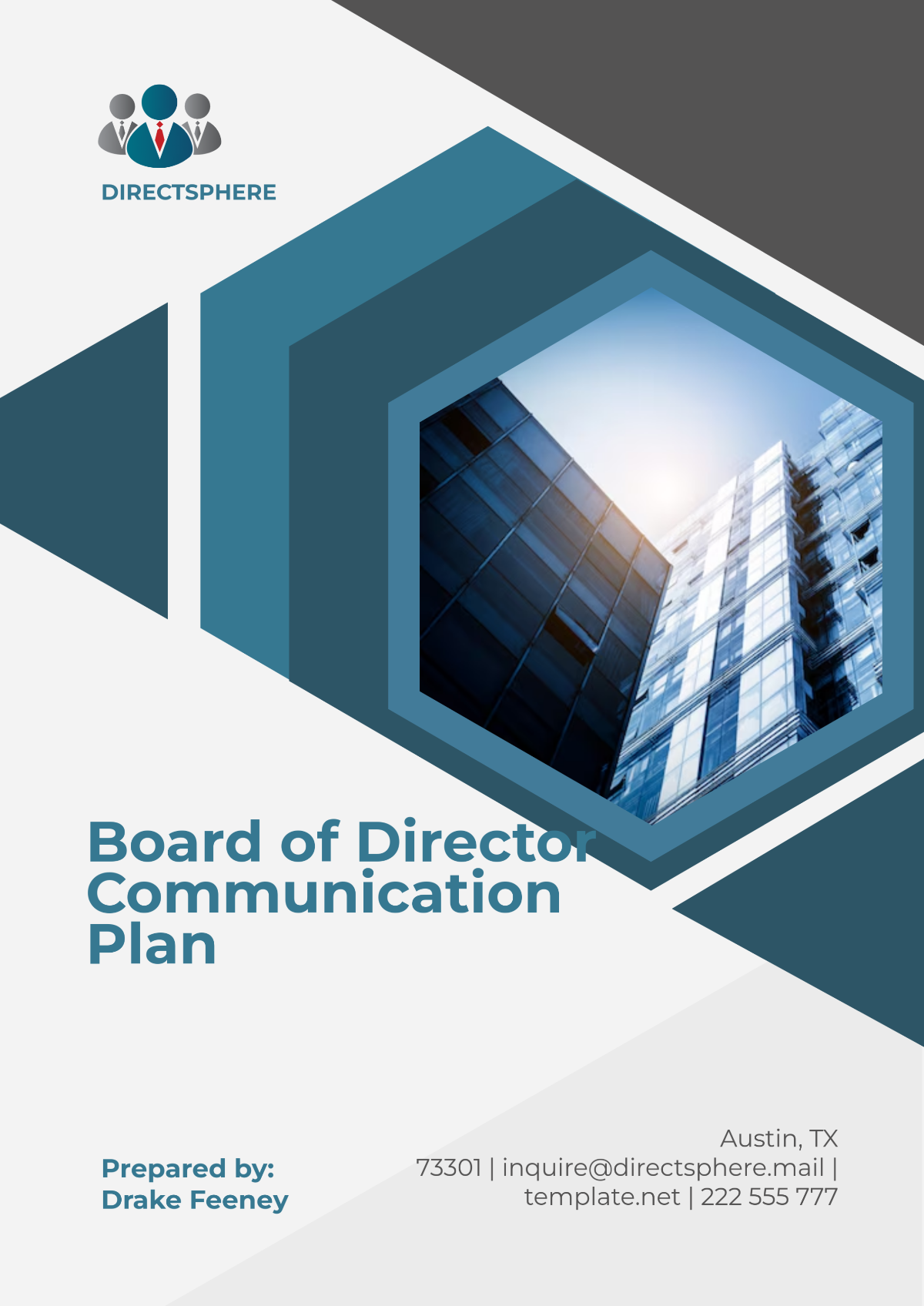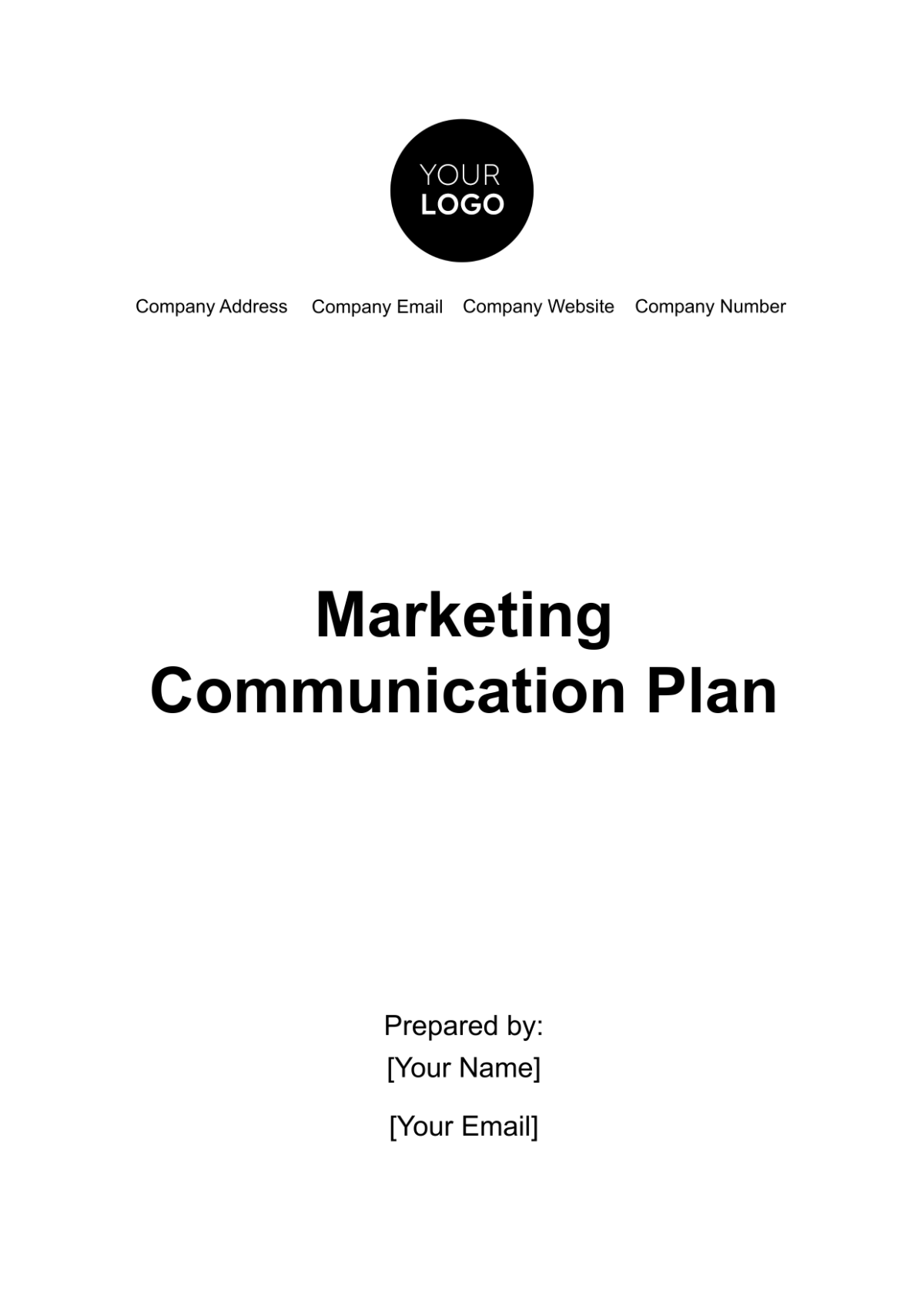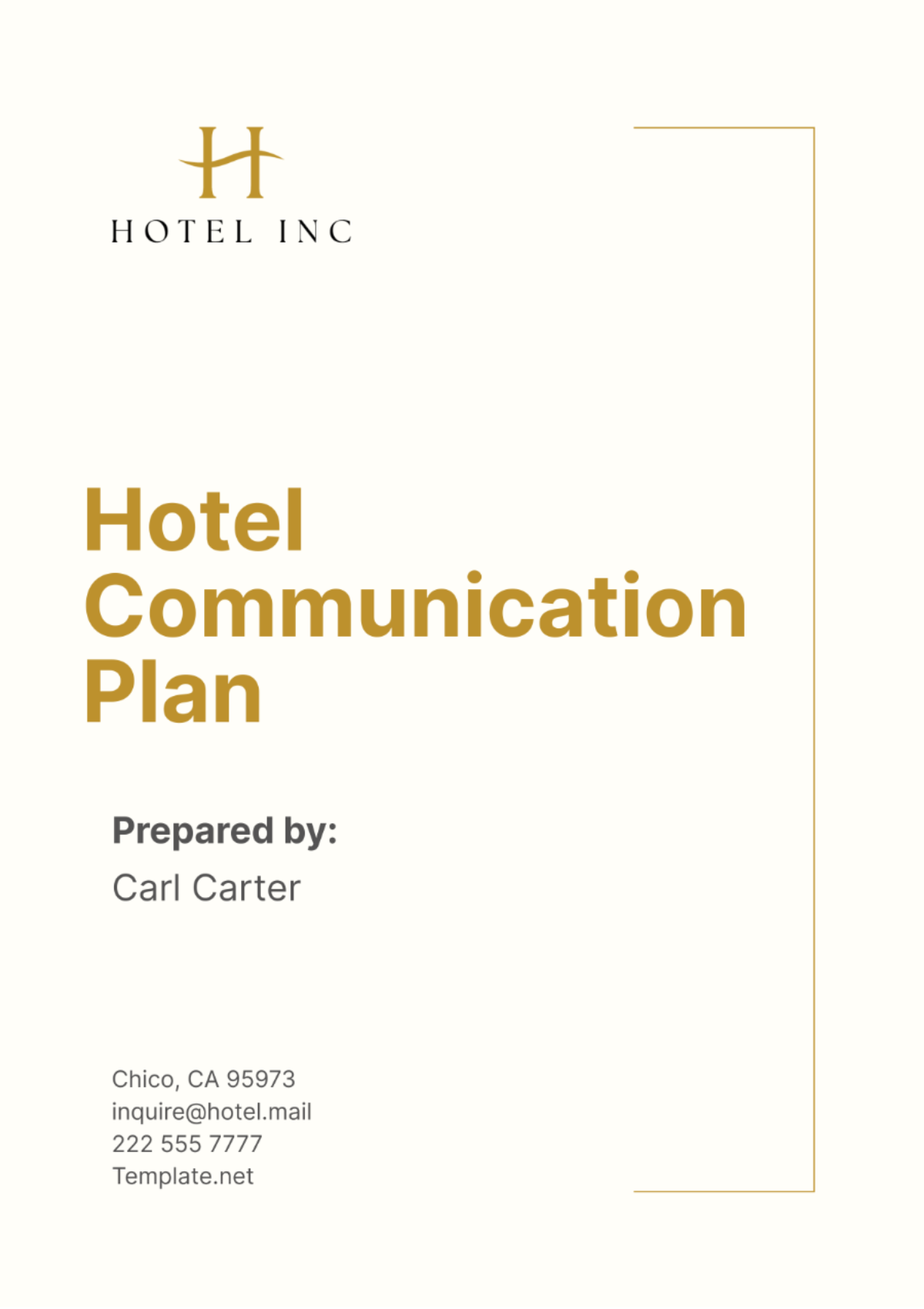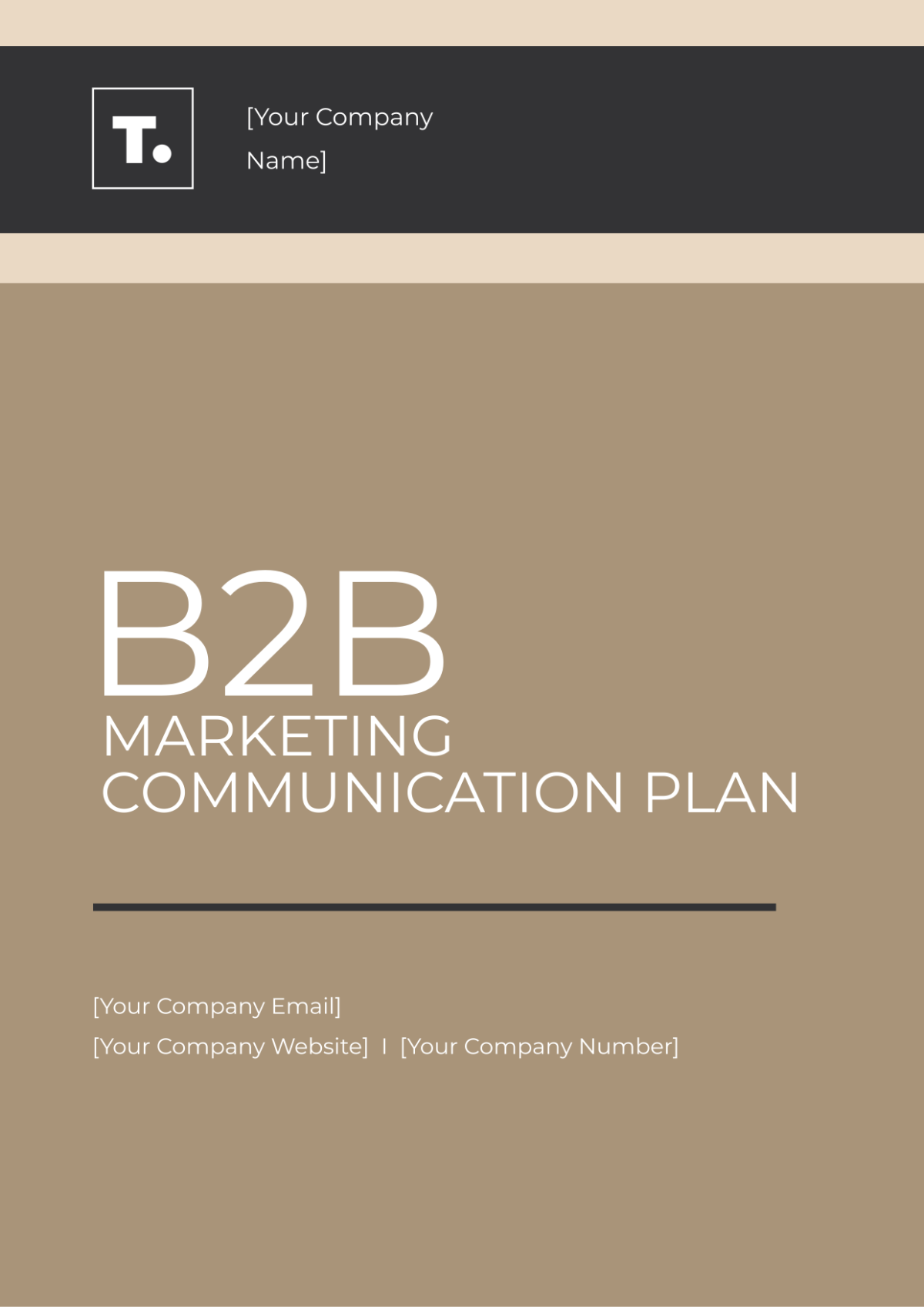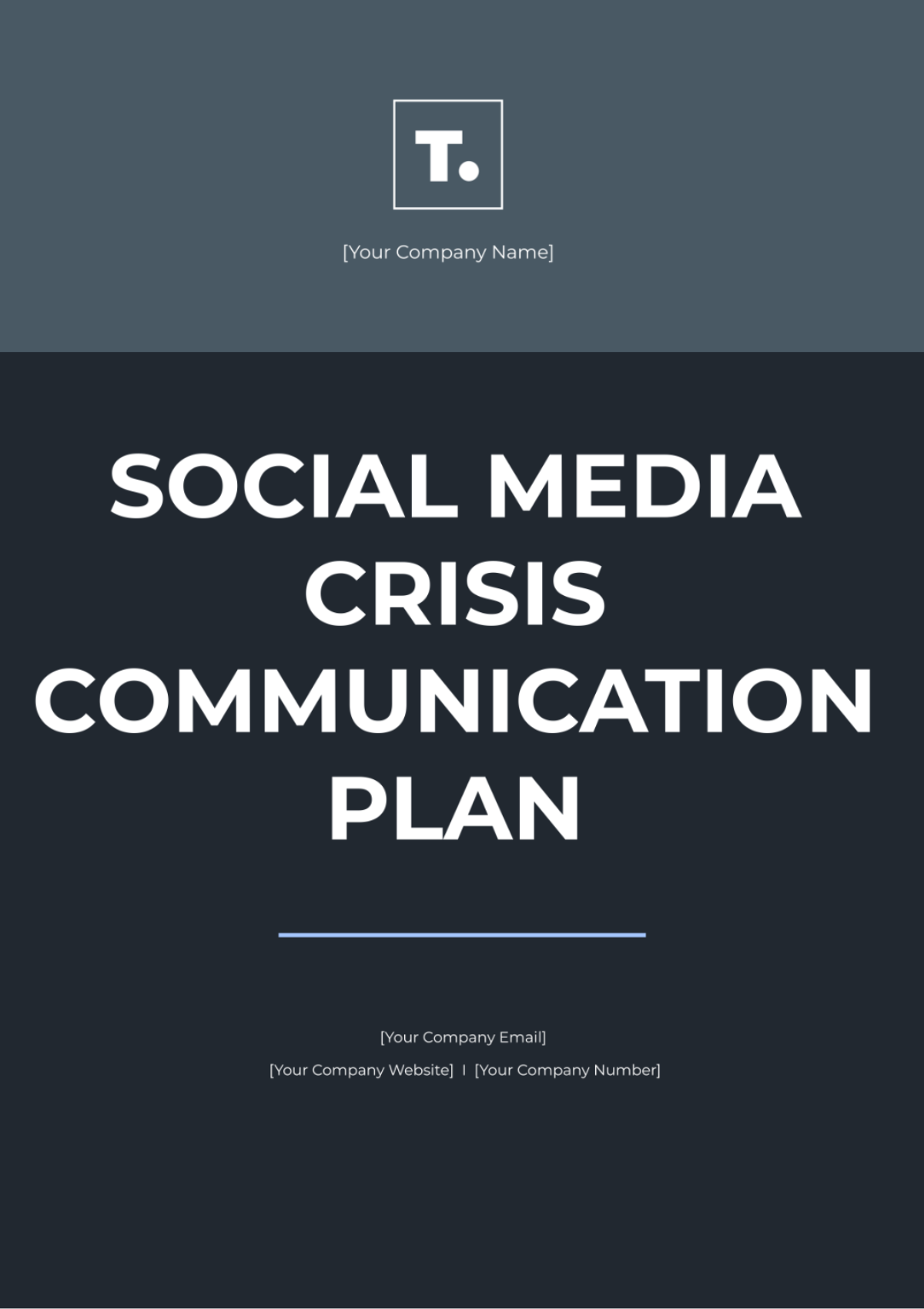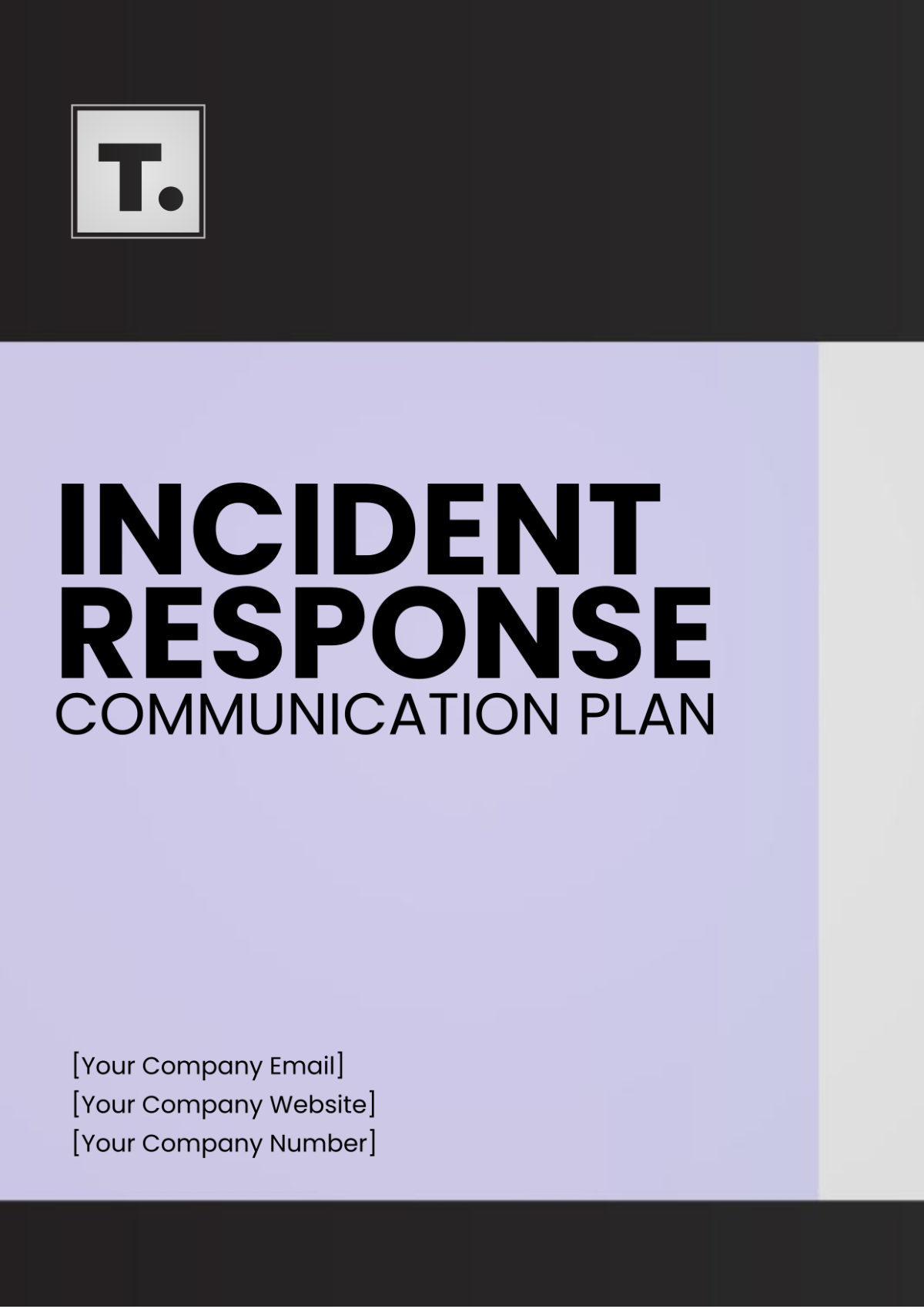Free Interior Design Communication Plan
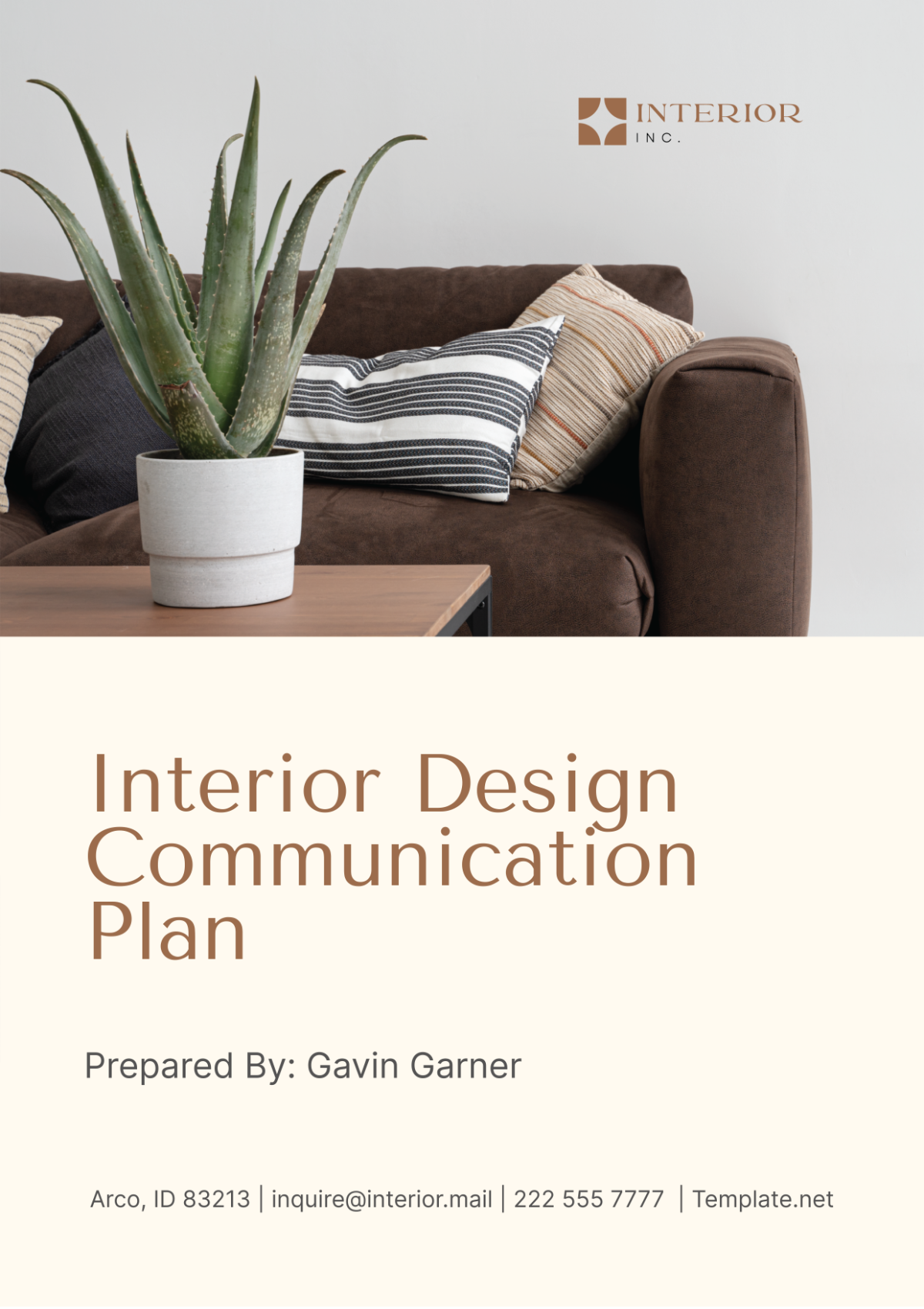
- 100% Customizable, free editor
- Access 1 Million+ Templates, photo’s & graphics
- Download or share as a template
- Click and replace photos, graphics, text, backgrounds
- Resize, crop, AI write & more
- Access advanced editor
Streamline project communication with Template.net's Interior Design Communication Plan Template. This customizable document provides a structured framework for planning and executing communication strategies within interior design projects. Define communication channels, stakeholders, and messaging to ensure clarity and alignment. Editable in our Ai Editor Tool for seamless customization to fit your project needs and objectives.
You may also like
I. Introduction
A. Overview
Purpose
The purpose of this Interior Design Communication Plan is to establish clear guidelines and strategies for communication throughout the lifecycle of interior design projects undertaken by [Your Company Name]. Effective communication is crucial for ensuring project success, client satisfaction, and team collaboration.
Scope
This communication plan encompasses all aspects of communication, including internal team communication, client communication, stakeholder engagement, and documentation practices. It applies to all interior design projects managed by [Your Company Name], from initial client consultation to project completion and post-project evaluation.
Audience
The primary audience for this communication plan includes:
Interior designers
Project managers
Client representatives
Stakeholders (such as contractors, vendors, and regulatory bodies)
Senior management
B. Objectives
Ensure Clear and Timely Communication:
Provide clear and concise communication channels to facilitate the exchange of information between project stakeholders.
Ensure timely updates on project progress, milestones, and any changes to scope, schedule, or budget.
Foster Collaboration and Transparency:
Promote open communication and collaboration among project team members, clients, and stakeholders.
Maintain transparency regarding project status, challenges, and decisions made throughout the project lifecycle.
Enhance Client Satisfaction:
Tailor communication approaches to meet the needs and preferences of clients, ensuring they are informed and involved in the decision-making process.
Proactively address client concerns and provide exceptional customer service throughout the project.
II. Communication Plan
A. Communication Channels
Meetings:
Regular project meetings will be scheduled with clients, project team members, and stakeholders to discuss project progress, address issues, and make decisions.
Weekly progress meetings will be held internally to review project status, assign tasks, and ensure alignment with project goals.
Ad-hoc meetings may be scheduled as needed to address urgent matters or specific project requirements.
Email:
Email will be used for formal communication, such as sending project updates, sharing documents, and requesting approvals.
Response times for client emails will be within [24 hours] during business days to maintain timely communication.
Project Management Software:
[Your Company Name] will utilize [Project Management Tool Name] as the primary platform for task management, document sharing, and collaboration among team members.
Project milestones, deadlines, and deliverables will be tracked using the project management software to ensure accountability and transparency.
Phone and Video Calls:
Phone and video calls will be scheduled for detailed discussions, client presentations, and virtual meetings with remote team members or clients.
Meeting agendas and necessary documents will be shared in advance to ensure productive discussions during calls.
B. Communication Plan Matrix
Communication Objective | Audience | Message | Delivery Method | Frequency |
|---|---|---|---|---|
Project Kick-off | Client, Team | Introduce project objectives | Meeting | Once |
Weekly Progress Updates | Client, Team | Update on project milestones | Email/ Meeting | Weekly |
Design Review | Client, Team | Present design concepts | Meeting | As needed |
Budget and Timeline Updates | Client, Stakeholders | Report on budget and schedule | Email/ Meeting | Monthly |
Change Requests | Client, Team | Document changes and approvals | Email/ Meeting | As needed |
Final Presentation | Client | Present final design proposal | Meeting | Once |
Post-Project Evaluation | Client, Team | Gather feedback and lessons learned | Survey/ Meeting | Once |
III. Communication Responsibilities
A. Project Team Roles
Project Manager:
Facilitates communication between the client and the project team.
Ensures that project communication aligns with the project objectives and timeline.
Manages the distribution of project information and updates.
Interior Designers:
Communicate design ideas, concepts, and requirements to the client and project team.
Collaborate with other team members to integrate design solutions into the project plan.
Provide timely updates on design progress and any challenges encountered.
Client Representative:
Acts as the primary point of contact for the client.
Communicates client preferences, feedback, and concerns to the project team.
Provides approvals and decisions on project milestones and deliverables.
B. Stakeholder Communication Matrix
Stakeholder | Communication Frequency | Communication Method |
|---|---|---|
Client | Weekly | Email/Meeting |
Project Team | Daily | Project Management Tool |
Senior Management | Monthly | Meeting |
External Vendors | As needed | Email/Phone |
Regulatory Bodies | As needed | Email/Meeting |
IV. Communication Tools and Technologies
A. Project Management Software
[Project Management Tool Name]:
Task tracking: Assigning tasks to team members, setting deadlines, and tracking task progress.
Document sharing: Uploading and sharing project documents, design drafts, and other relevant files.
Collaboration features: Allowing team members to collaborate on tasks, share updates, and communicate within the platform.
B. Communication Platforms
Email:
Formal communication: Sending project updates, meeting agendas, and formal documentation.
Document sharing: Attaching project-related documents, contracts, and reports to emails for distribution.
Video Conferencing:
Remote meetings: Conducting virtual meetings with clients, stakeholders, and team members.
Design presentations: Showcasing design concepts, progress updates, and project deliverables through visual presentations.
C. Document Management System
[Document Management System Name]:
Centralized repository for project documents: Storing all project-related documents, including contracts, design plans, and project schedules, in a centralized location.
Version control: Tracking document revisions, edits, and updates to ensure that team members are working with the latest information.
Access control: Setting permissions to restrict access to sensitive documents and ensuring that only authorized personnel can view or edit them.
D. Collaboration Tools
[Collaboration Tool Name]:
Real-time collaboration on documents and designs: Allowing multiple team members to work on documents and designs simultaneously, facilitating collaboration and reducing version control issues.
Commenting and annotation features: Enabling team members to provide feedback, suggestions, and revisions directly on documents and designs.
Integration with project management software: Streamlining workflow by integrating collaboration tools with project management software, ensuring seamless communication and task management.
E. Mobile Communication Apps
[Mobile App Name]:
Enables communication and collaboration on-the-go: Allowing team members to stay connected and access project information from their mobile devices.
Instant messaging: Facilitating quick updates, notifications, and communication between team members, regardless of their location.
Access to project documents: Providing access to project documents, files, and updates directly from mobile devices, improving accessibility and productivity for remote team members.
V. Training and Support
A. Training Programs
Onboarding sessions for new team members on communication protocols and tools:
New team members will undergo comprehensive onboarding sessions to familiarize them with [Your Company Name]'s communication protocols, including email etiquette, meeting procedures, and the use of communication tools.
Training sessions will be conducted by experienced team members or trainers and will cover topics such as effective communication strategies, client interaction skills, and collaboration techniques.
Periodic training sessions on effective communication strategies and client interaction skills:
[Your Company Name] will organize periodic training sessions for all team members to enhance their communication skills and keep them updated on industry best practices.
These sessions will include workshops, seminars, or webinars focusing on topics such as active listening, conflict resolution, and customer service excellence.
B. Support Resources
Helpdesk or support team to assist with technical issues related to communication tools:
[Your Company Name] will establish a dedicated helpdesk or support team to provide assistance to team members experiencing technical issues with communication tools or platforms.
Team members can reach out to the helpdesk via email, phone, or chat for prompt resolution of their queries or concerns.
Access to user guides and tutorials for utilizing communication platforms effectively:
[Your Company Name] will provide comprehensive user guides, tutorials, and online resources to support team members in utilizing communication platforms effectively.
These resources will be accessible through the company's intranet or shared drive, allowing team members to access them at any time for self-paced learning and troubleshooting.
VI. Monitoring and Evaluation
A. Performance Metrics
Client satisfaction surveys:
[Your Company Name] will conduct regular client satisfaction surveys to gauge the effectiveness of communication practices and identify areas for improvement.
Surveys will be sent to clients at key project milestones and upon project completion to gather feedback on communication responsiveness, clarity, and professionalism.
Timeliness of communication responses:
[Your Company Name] will track the timeliness of communication responses, including email replies, meeting confirmations, and phone call follow-ups.
Response times will be measured against predefined service level agreements (SLAs) to ensure that communication is handled promptly and efficiently.
Number of communication-related issues resolved:
[Your Company Name] will track the number of communication-related issues reported by team members, clients, or stakeholders and measure the effectiveness of resolution efforts.
This metric will help identify recurring issues, trends, or bottlenecks in communication processes and implement corrective actions accordingly.
B. Regular Reviews
Quarterly reviews of communication processes and effectiveness:
[Your Company Name] will conduct quarterly reviews of communication processes, tools, and practices to assess their effectiveness and identify opportunities for enhancement.
These reviews will involve key stakeholders, project managers, and team members, and will focus on analyzing communication metrics, gathering feedback, and proposing recommendations for improvement.
Post-project debriefs to identify lessons learned and areas for improvement:
After each project, [Your Company Name] will conduct post-project debrief sessions to reflect on communication strengths and weaknesses, document lessons learned, and capture best practices.
Insights gathered from post-project debriefs will be used to refine communication strategies, update training programs, and continuously improve communication practices across the organization.
VII. Continuous Improvement
A. Feedback Mechanisms
Encourage feedback from clients, team members, and stakeholders on communication processes:
[Your Company Name] will actively solicit feedback from clients, team members, and stakeholders through surveys, feedback forms, and one-on-one discussions.
Feedback will be collected at various stages of the project, including project kick-off, design reviews, and post-project evaluation, to capture diverse perspectives and insights.
Regularly review feedback and implement necessary changes to enhance communication practices:
Feedback collected will be systematically reviewed and analyzed by the project management team to identify recurring themes, areas for improvement, and opportunities for innovation.
Action plans will be developed to address feedback findings, with specific initiatives and timelines for implementing changes to communication processes, tools, or training programs.
B. Innovation Initiatives
Explore new communication technologies and tools to streamline processes and improve collaboration:
[Your Company Name] will stay abreast of emerging communication technologies, trends, and best practices in the interior design industry.
Regular research and evaluation of new communication tools, such as virtual reality (VR) design presentations, augmented reality (AR) collaboration platforms, or AI-powered chatbots, will be conducted to assess their potential impact on project communication and client engagement.
Foster a culture of innovation and continuous learning within the project team:
[Your Company Name] will foster a culture of innovation and continuous learning by encouraging team members to experiment with new communication approaches, tools, and techniques.
Innovation workshops, brainstorming sessions, and cross-functional collaborations will be organized to inspire creativity, spark ideas, and drive positive change in communication practices.
VIII. Conclusion
Effective communication is essential for the success of interior design projects undertaken by [Your Company Name]. By actively seeking feedback, implementing continuous improvement initiatives, and embracing innovative communication technologies, we strive to enhance collaboration, transparency, and client satisfaction in all our projects. Through a commitment to ongoing learning and adaptation, we aim to set new standards of excellence in interior design communication and deliver exceptional value to our clients and stakeholders.
